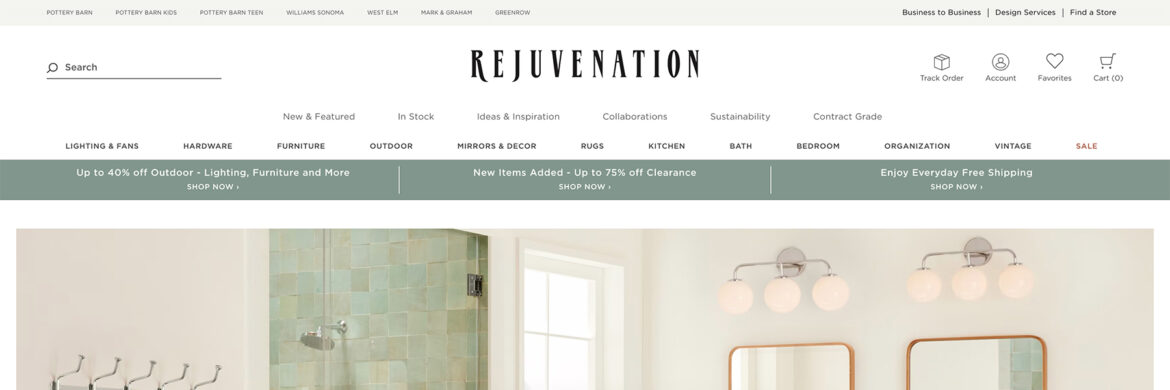Proven formulas for popular furniture items, the Buildlane Recipe Cards feature takes a look at optimal dimensions of some of the most timeless (or timely) silhouettes and introduces you to their origins, to prove just exactly how a classic becomes a classic!
Let’s dive into the Tuxedo Sofa. You’ve surely seen this design done a million times, and perhaps most notably by Design Icons like Billy Baldwin, Milo Baughman and more.
This classic silhouette is identifiable for having the same back and arm height, usually seen a littler lower slung, between 26-30 inches overall height. A standard seat height of 18 inches with a seat depth of 20-24 inches provides the sofa its signature geometric form.
Initially, tufted upholstery was an important aspect of the Tuxedo, much for the same reason of its British born cousin the Chesterfield, a strategy to deter too much wrinkling on a gentleman’s suit through prolonged seating. So they say.
Iconic in the Art Deco era, the Tuxedo Sofa isn’t attributed to any singular original designer. Rather, it gets the name from its ‘it girl’ status in Tuxedo Park, a wealthy village just outside of New York City that boasts other notable designs… like you know, the classic men’s suit by the same name. The clean and slimmed down take on the Chesterfield, a popular silhouette among the elite gentlemen’s club scene from the UK to US, was a sign that American Modernism was on its way.
A well-known architectural firm McKim, Mead & White played a prominent role in establishing the architectural tradition of the Tuxedo park area, while furniture designer Gustav Stickley’s work around the same time changed furniture trends to reflect his reverence for natural materials in modern designs. Think through mortise joints, spindles and other elements of Craftsman carpentry.
In the midcentury, the Tuxedo style sofa was famously paired with a wood wrapped “case” and fixed upholstered cushions by Milo Baughman for Thayer Coggin. The original has been reinvented over the years, but a Tuxedo is a Tuxedo, and maintains the namesake through its classic shape.
For Buildlane’s take on the Tuxedo Sofa, we found it important to hold true to the piece’s origins of exposed wood grain – mixed with upholstery fabric to create balance within the design.
Hunter Scanlon, Buildlane Templates Project Manager
The Tuxedo Sofa has evolved over the past century to remain a staple of interior designers. With such a strong iconic shape, the Tuxedo’s detailing is easily modified to meet changing design movements over the past hundred years.
For Buildlane’s take on the Tuxedo Sofa Template, we were heavily influenced by Milo’s take and we pursued the exposed wood grain mixed with upholstery fabric to create material juxtaposition within the design.
Our Template features an exposed Walnut wrap and classic MCM tapered leg.
The seat height is set at 18 inches with a supportive 8 ½ inch seat cushion. With a 9 inch back cushion, we ensure that the sofa feels as great as it looks. Buildlane chooses a biscuit and button tufting across the upholstery and we have clad the exterior in a walnut veneer. Lifting the sofa are 7 inch solid wood legs that provide a nod to the piece’s mid-century reinvention, while also creating stability for years to come. These selections to the template provide you with an excellent jumping off point for the Tuxedo sofa you need for your next project.

How to make the Tuxedo yours?
- Upholstery, the sofas’ clean lines are able to accommodate a wide variety of upholstery materials from velvet to leather, allowing the Tuxedo Sofa to truly be made one’s own
- Fully upholstered or clad in wood, how will you mix materials?
- Upholstered feet, cushion notches & cutouts where how Billy Baldwin made the Tuxedo his, what can you do to play with the shape?
- Are nailhead trims and other hardware details your signature?
- Explore tufting methods and patterns
- Consider alternative base configurations
In maintaining that familiar geometric form, the Tuxedo remains a Tuxedo and thus continues to be relevant to today’s design context.









